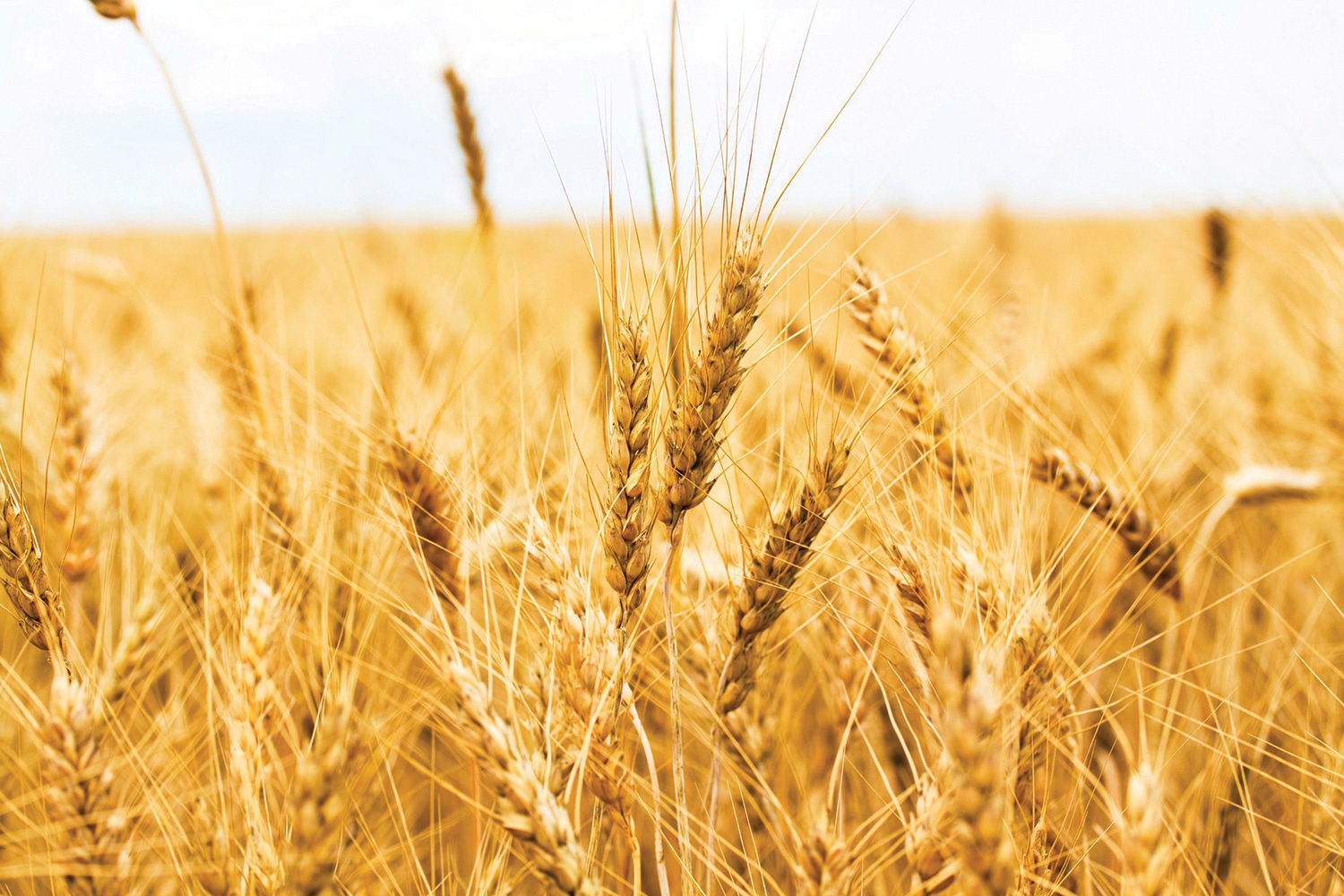THERE’S NO WAY AROUND IT: Eating fiber just sounds, well, boring. But the fact is that a diet teeming with fiber-rich foods, in particular whole grains, has repeatedly been shown to decrease your risk of developing cancer.
For example, a review published in the Annals of Oncology in June 2012 suggested that a high-fiber diet reduced breast cancer risk—women who ate 10 grams of fiber per day had a 5 percent lower risk than those who consumed less fiber daily. And a review published in the British Medical Journal in 2011 suggested that people who took in 10 grams of fiber daily were 10 percent less likely than those who ate less fiber to be diagnosed with colorectal cancer.
The precise link between fiber and cancer risk isn’t known. It’s possible that a diet high in fiber reduces cancer risk because people who eat a lot of fiber are less likely to be overweight or obese, conditions known to increase risk. For example, a study published in Nutrition Research in 2010 found that adults who consumed three or more servings of whole grains daily weighed less than those who didn’t.
“When you’re eating foods that are rich in fiber … you’re getting an efficient nutrition package” that will keep you feeling fuller longer, says Tara Mardigan, a private practice nutritionist in Boston. “Foods lacking in fiber tend to be very satisfying but for a very short time period, so you find yourself reaching for more.”
Mardigan recommends consuming at least 20 grams of fiber a day. You can achieve this by slowly adding one or two servings of high-fiber foods a week. Changing to a breakfast cereal with at least three grams of fiber is a great place to start. Using brown rice, whole wheat pasta, or quinoa instead of white rice is another easy switch. Also, when buying packaged foods, look for whole grain ingredients, like 100 percent whole wheat, and 3 to 4 grams of fiber per serving.
Cancer Today magazine is free to cancer patients, survivors and caregivers who live in the U.S. Subscribe here to receive four issues per year.





